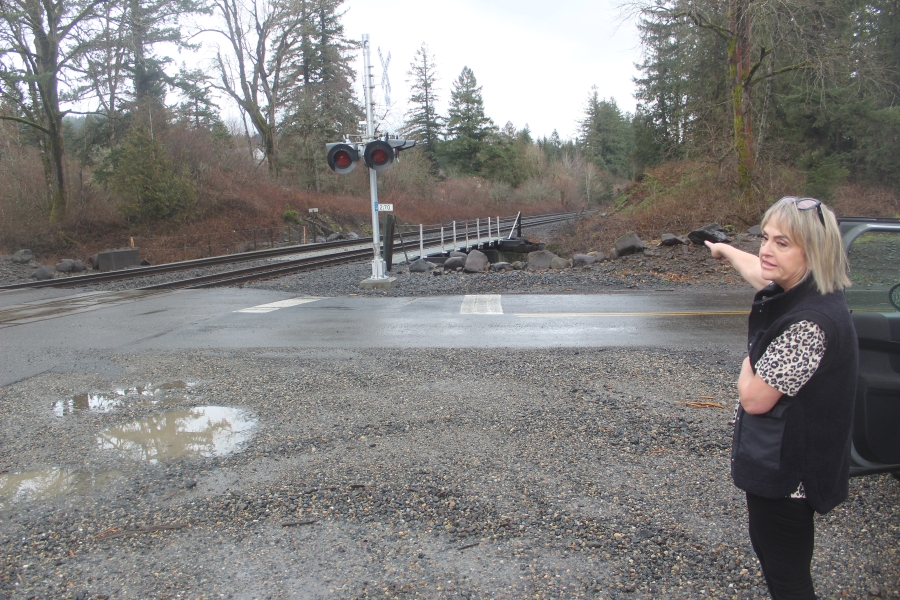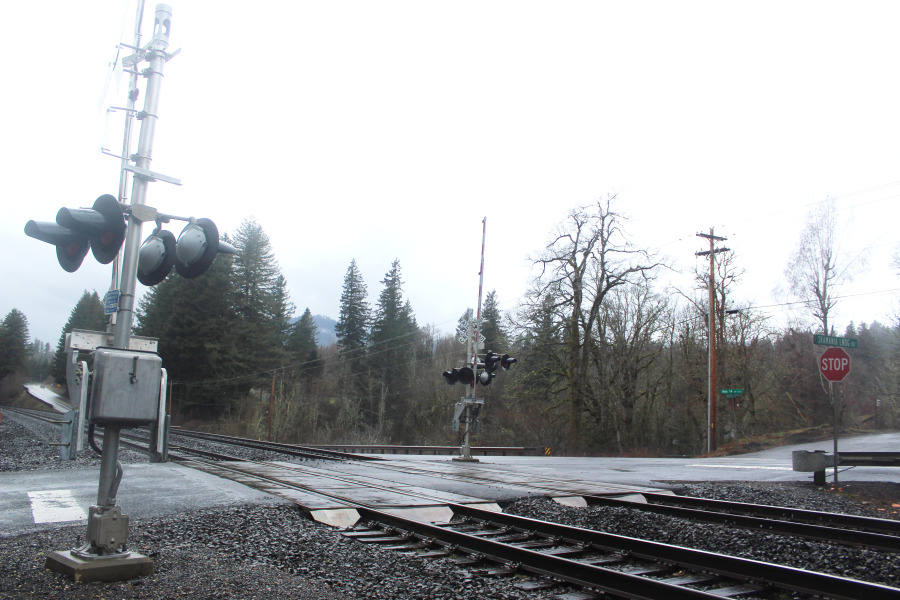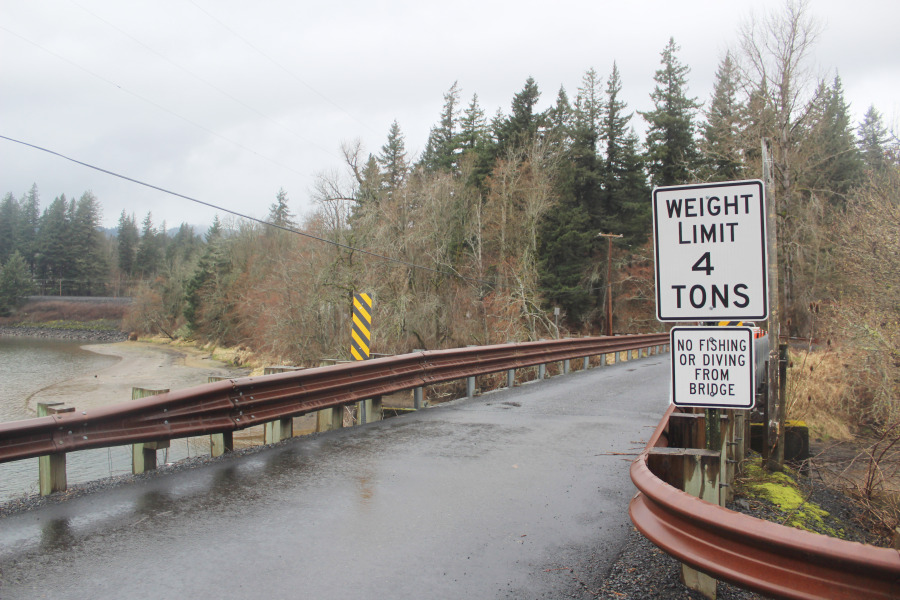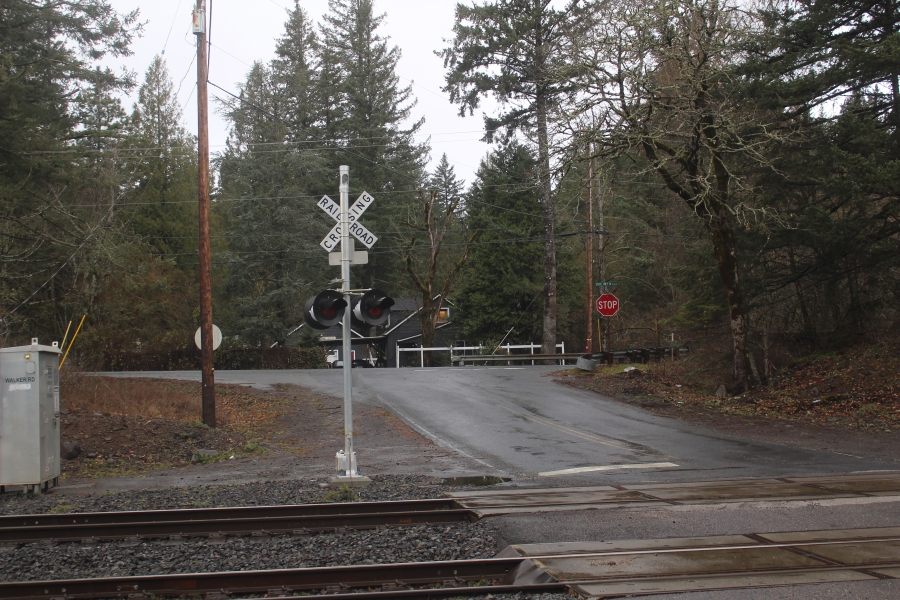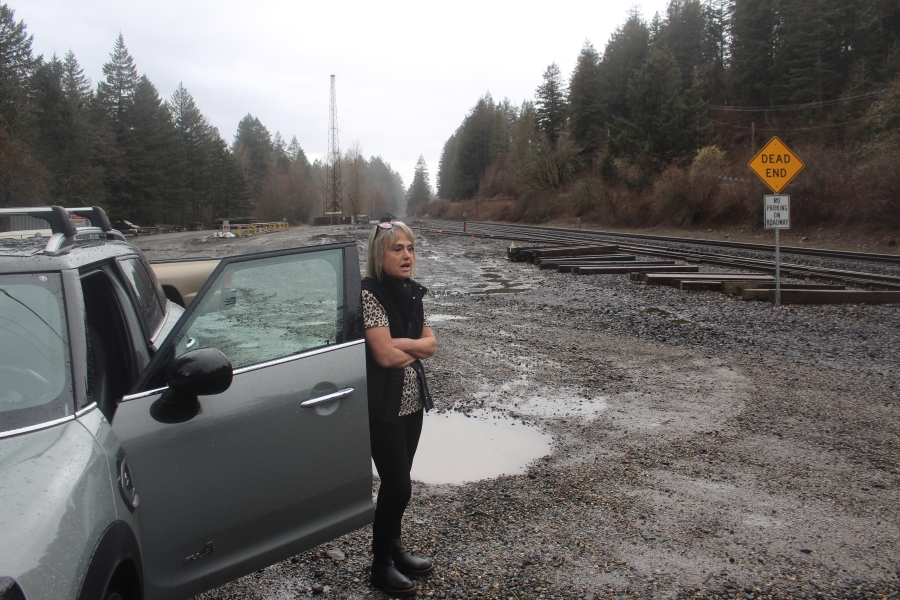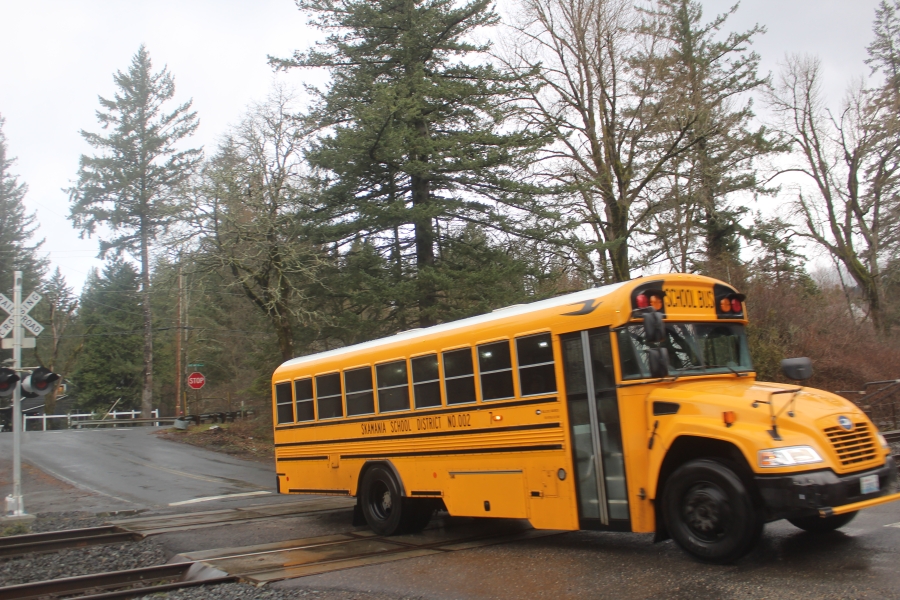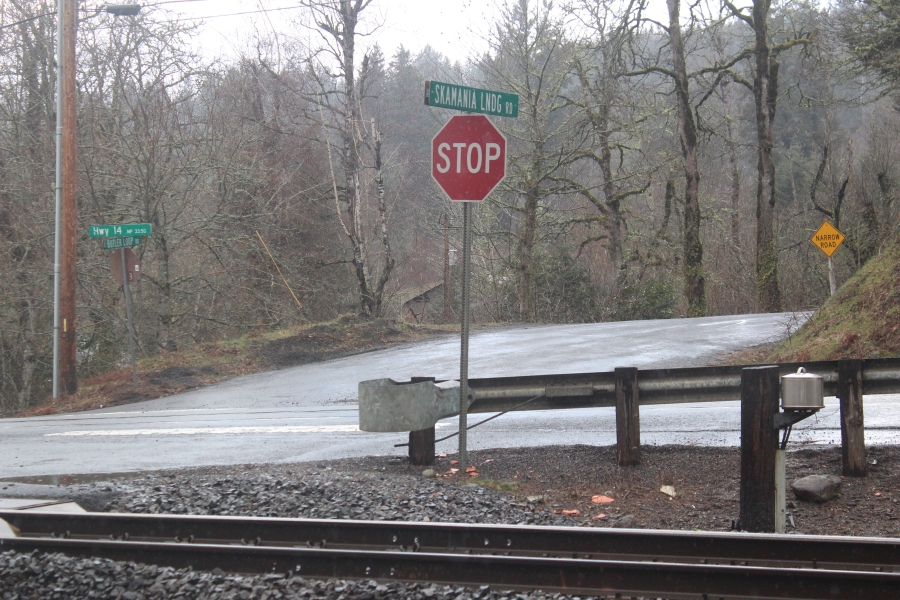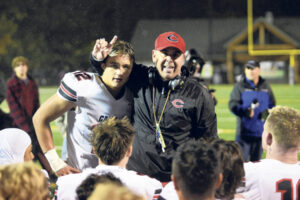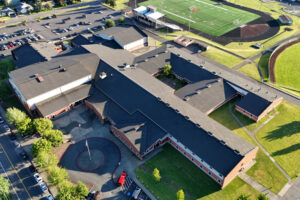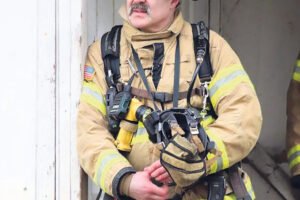Skamania Landing is a small community of about 60 residences, located about 15 miles east of Washougal on a narrow peninsula along the Columbia River.
Two Skamania County roads, which intersect two BNSF Railway crossings, serve as the community’s only access points.
It is at these points that the community finds itself at a literal crossroads, wondering if somebody is going to die before their pleas affect the change they desperately want to see.
Skamania Landing residents say the frequency and duration of train stops, which block both of the community’s road-crossings, have escalated in recent months, causing profound inconveniences and jeopardizing public safety.
“We have people late to work, doctor appointments, the airport, and school,” said Skamania Landing resident Cindy Schmid-Potter. “It’s become a real big thing. And we’ve had three incidents in the past two to three months where emergency services were delayed to residents who needed medical care.”

